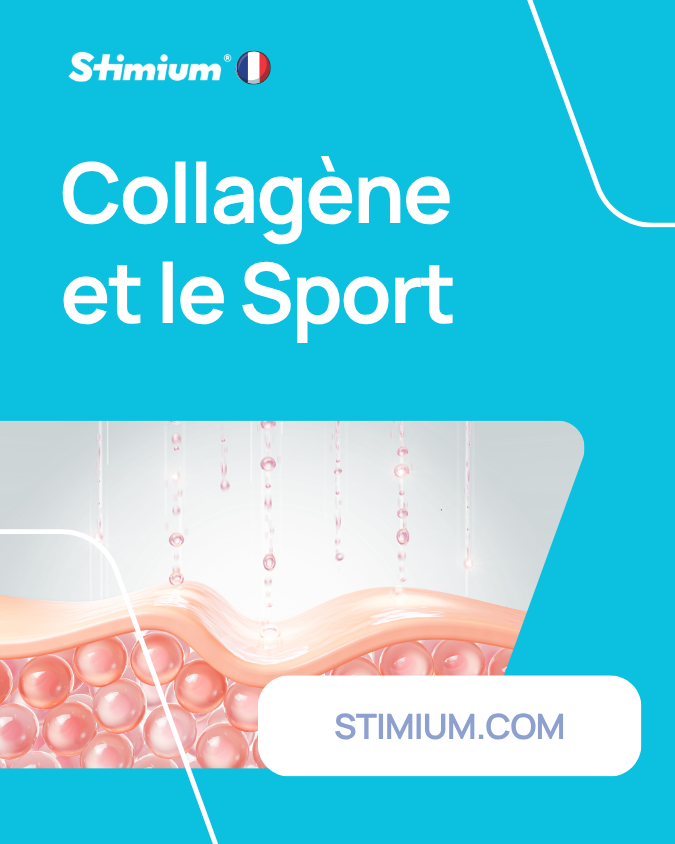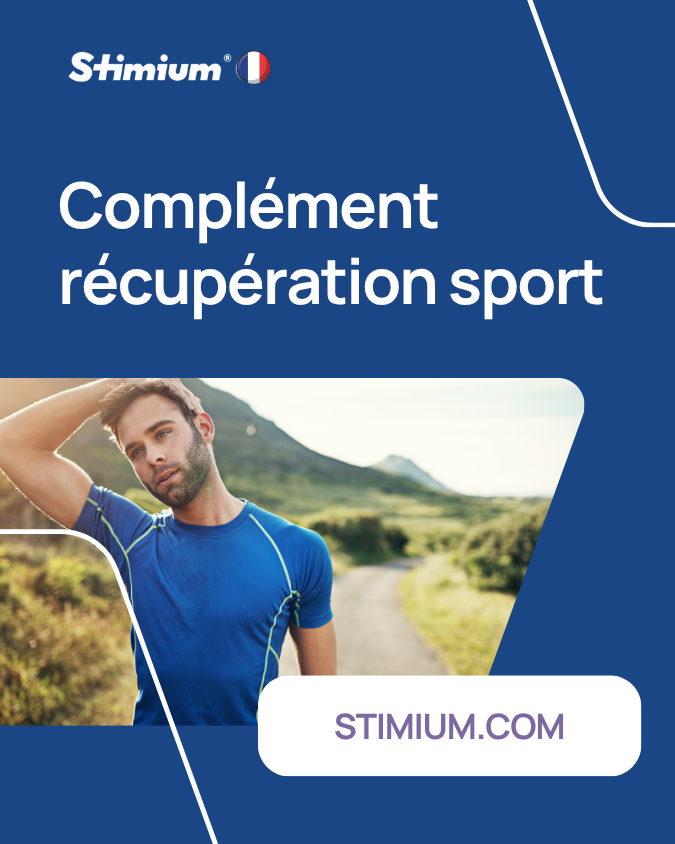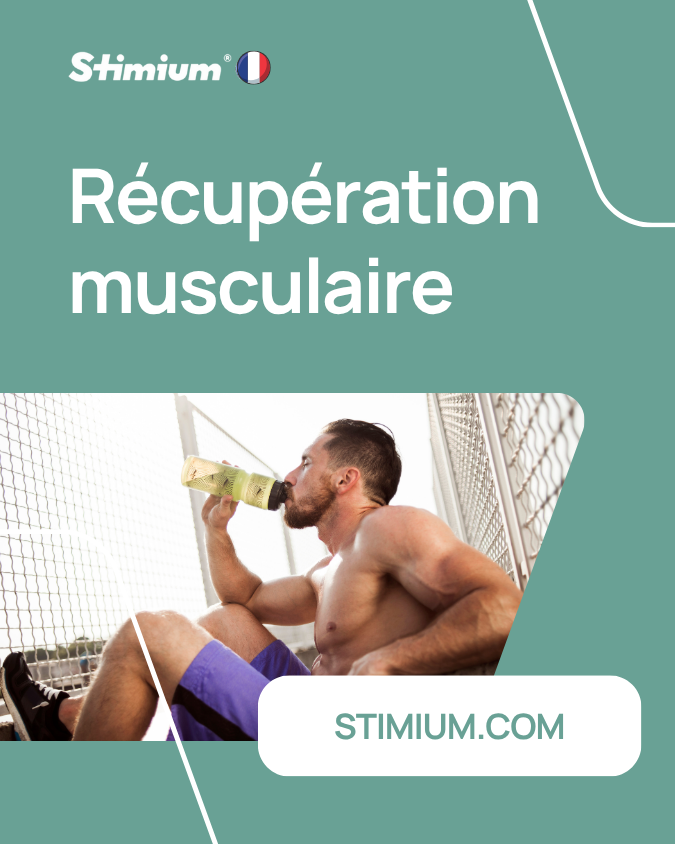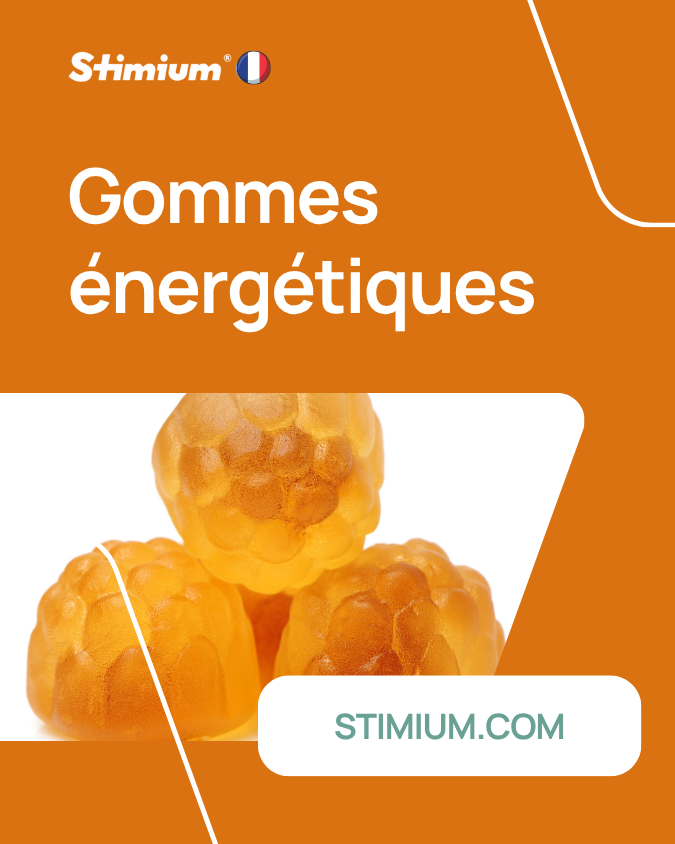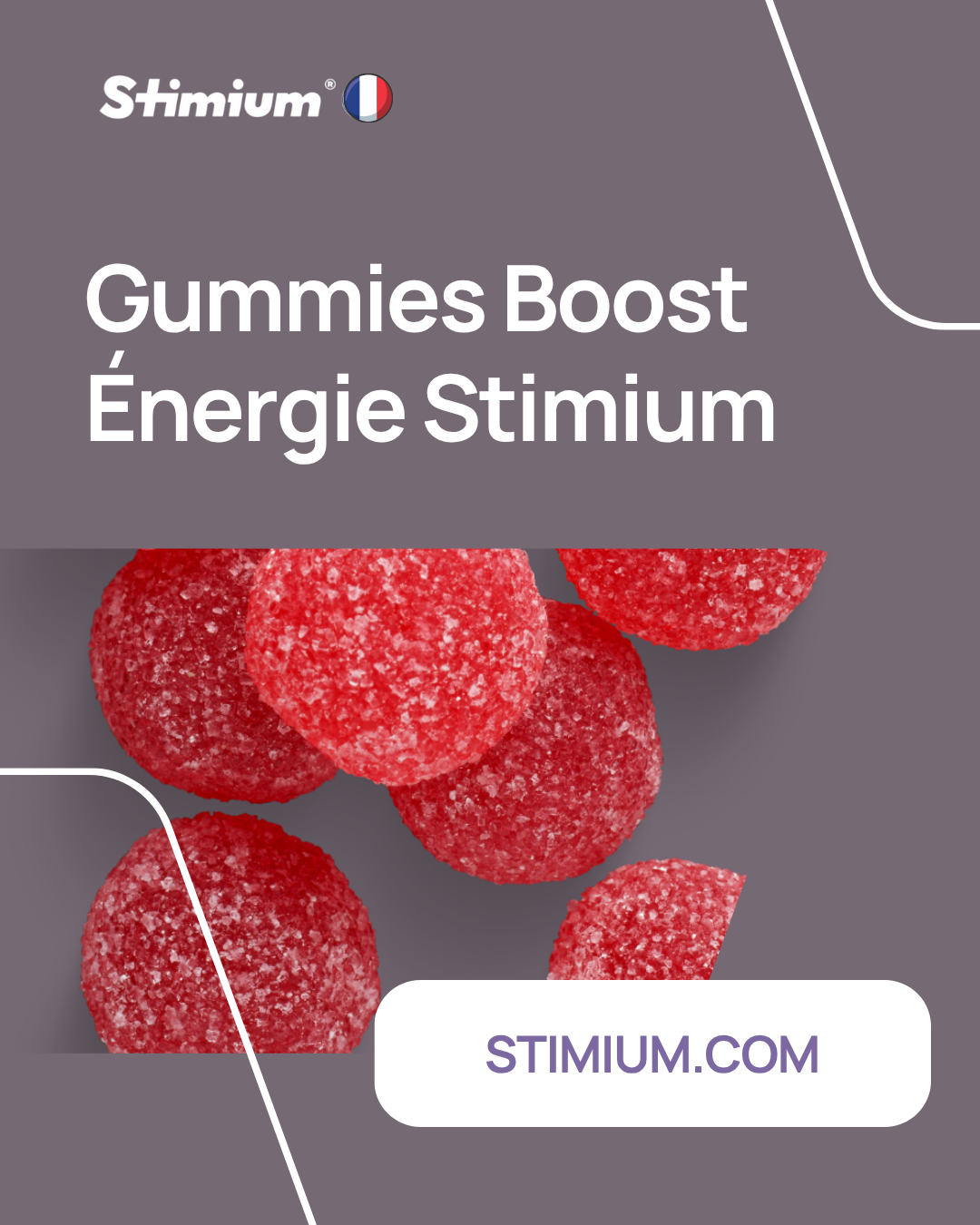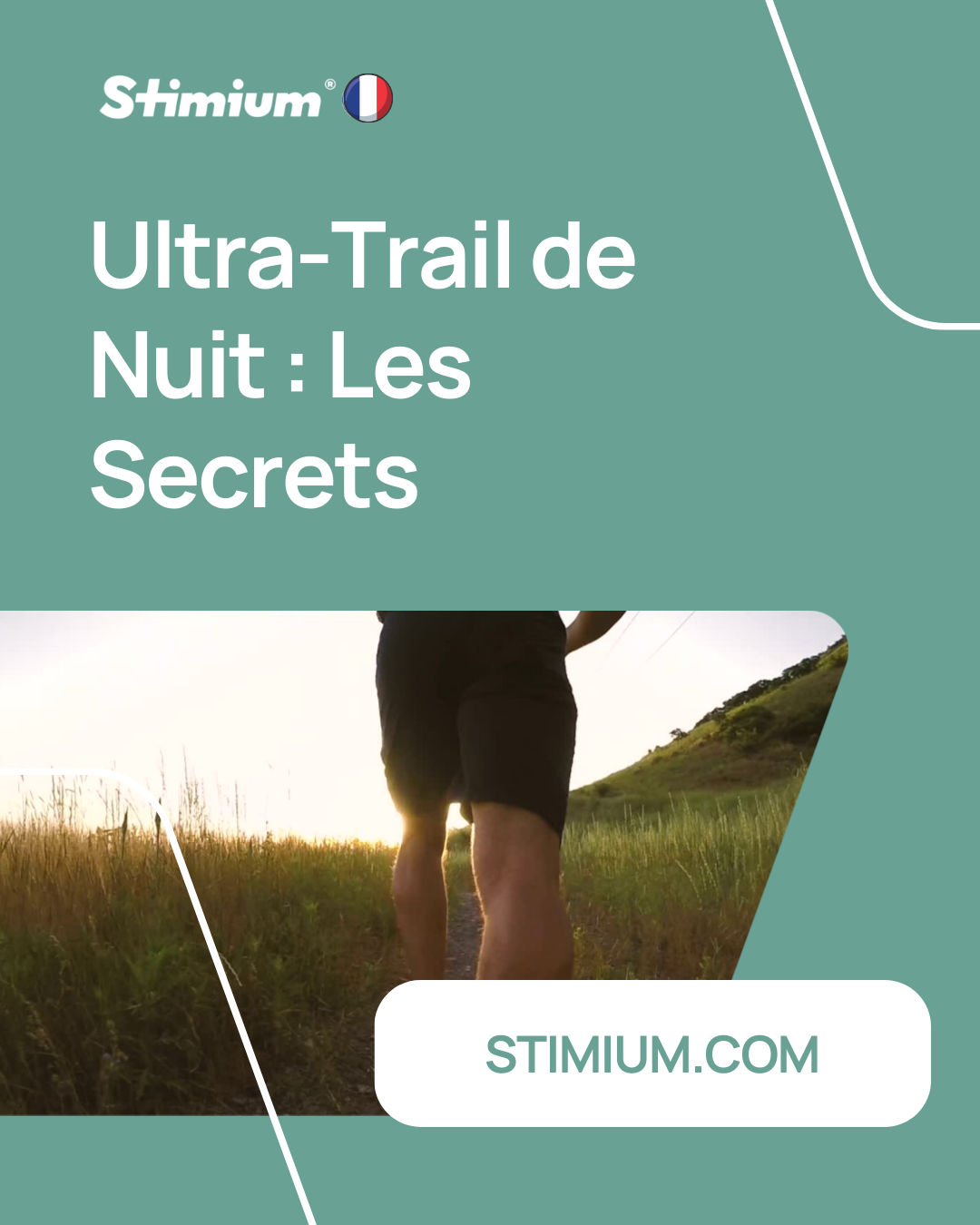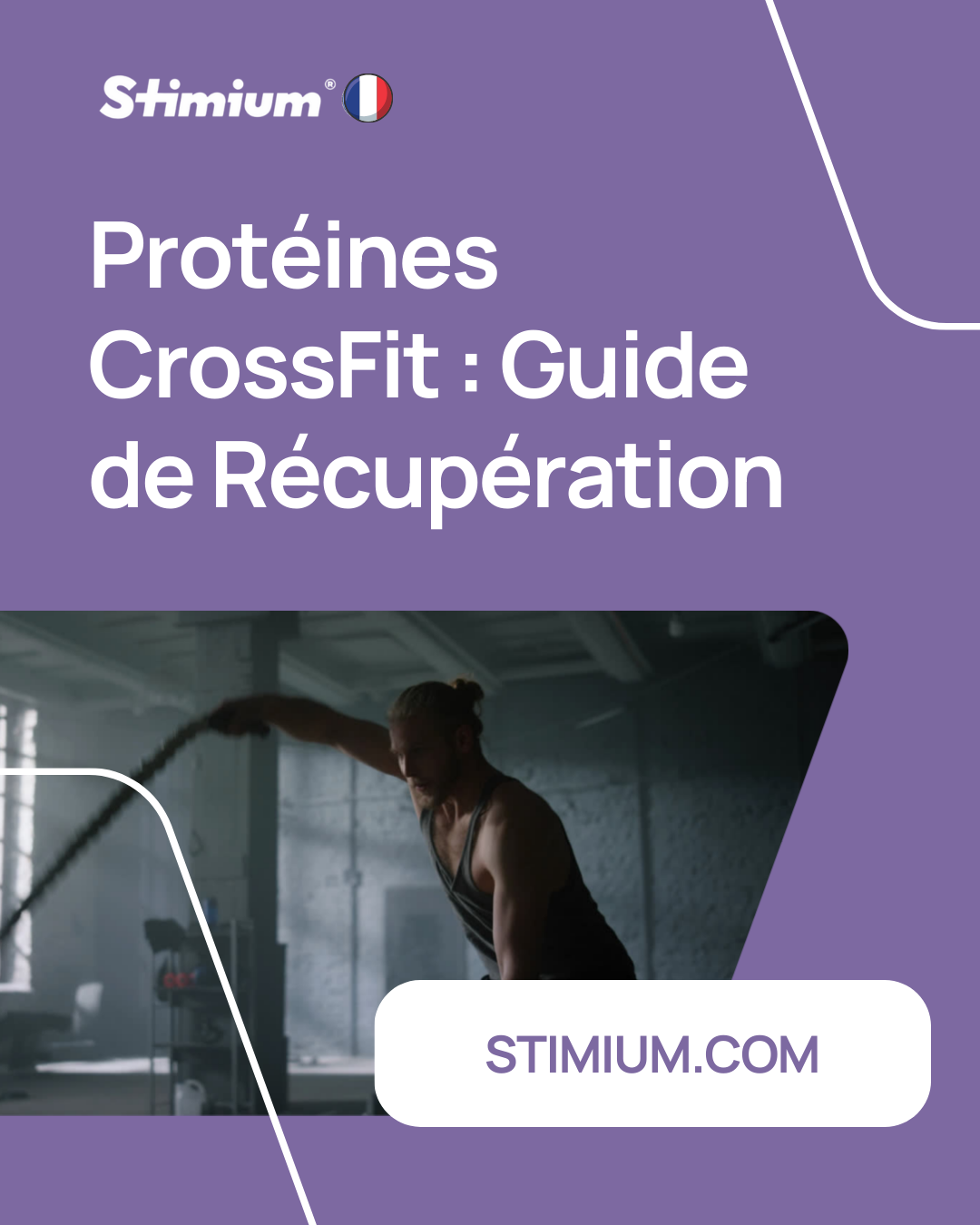Team sports: the importance of physical preparation
Frédéric Renotte is a specialist in physical preparation for team sports. Professor in exercise physiology at the Haute École Condorcet and doctoral student at the University in sports psychology in Mons (Belgium), he is also the founder and director of the Sports Observatory in Charleroi, which allows him to supervise the physical preparation of a number of able-bodied and disabled athletes. Until recently, he also - and for many years - was a physical trainer within professional teams in the Belgian football championship (Union Saint-Gilloise, RWDM, Brussels, Mechelen, Charleroi, Antwerp), with whom he has experienced the trifle of five climbs from second to the first division. For a few months, he also took charge of the physical preparation of the Burkina Faso national team, with whom he reached, to everyone's surprise, the final of the African Cup of Nations in 2013.
Physical preparation in football and other team sports
In his enlightened company, we tried to highlight the importance and secrets of good pre-season physical preparation - its pitfalls, too... - in major team sports: rugby, basketball, handball and, of course, football.
Physical preparation: for amateurs too!
“Of course, each of these sports has its own specificities that should not be overlooked and any preparation must be individualized according to the specific physical qualities of each player, their position on the field or the objectives they wish to achieve in the short or medium term. term" , explains Frédéric Renotte who, voluntarily, makes no distinction between professional and amateur athletes.
However, there is a common basis, rules to respect, whether they relate to nutrition, core work, respect for sleep ( Stimium Ashwagandha will be a precious ally to combat stress and promote restful sleep) , the importance of recovery or listening to your body. Disdaining ongoing and serious pre-season physical preparation is a serious mistake that must not be made for any competitor who wishes to flourish in their diligent or even occasional sporting practice. Because such negligence diminishes the pleasure that sport provides while increasing the risk of injury.
Pre-season and mid-season: the importance of a real break
Before starting the actual physical preparation for a club season (which should theoretically last 6 weeks), it is advisable to take a real break at the end of the season, once the objectives have been achieved. And this, in order to begin preparing for a new chapter in the best possible conditions, both physically and mentally.
“Even if some people do not share my opinion, I am personally in favor of a fairly clear break at the end of the season, confirms Frédéric Renotte. It can be really beneficial. In 1993, when I did my final thesis at the Free University of Brussels, I carried out physical tests on the players of the professional team of SC Charleroi, just before the winter break – when it still really existed – and just after this, at the time of the resumption, shortly after New Year's Eve. In both cases, the protocol was exactly the same. Although the players did almost nothing during this period, the physiological indicators of their results were surprisingly better after the break than before it. This obviously does not mean that you should never do anything. »
“Let's leave the athletes alone at the end of May - beginning of June, please! »
“But this seems to indicate that episodic relaxation, especially with the demands of sport as we currently know them, can contribute to a certain necessary well-being. In high-level sport, there is almost no downtime, especially with the multiplication of competitions and the increase in physical demands. Let's leave the athletes alone at the end of May - beginning of June, please! This reasoning also applies to amateurs. Of course, some players always need to move more, to exert themselves constantly, but they are exceptions. These people are competitors who perform better by accumulating work sessions. Not everyone needs a stakhanovite job to be at the top. Quite the contrary. »
The delights of barbecue, the risks of weight gain
Can we therefore tolerate a certain relaxation during the truce? Even if it means feeling guilty about eating more fat or not paying attention to spending energy while basking in the sun? Frédéric Renotte does not say the opposite but he nevertheless warns: “ There can be a certain form of letting go but we must not fall into the opposite excess . Particularly in terms of nutrition or excessive alcohol consumption. Barbecuing in summer with friends is good and undoubtedly necessary, but be careful not to overdo it with sauces, beer or desserts. If it only takes five seconds to swallow a skewer of mayonnaise, it probably takes three hours of effort to eliminate it. The pounds gained quickly by not paying attention are not always easy to lose. It will always be possible to use Stimium Thermoshape, the best fat burner , and/or Stimium HydroOff to combat excess pounds and have an interesting draining effect, but these products are only really useful as part of a varied and varied diet. control. In some cases, there are pseudo-threats, which often take the form of physical tests upon arrival at the pros. If the weight (or fat mass, etc.) is too high after returning from vacation, certain clubs put in place a system of punishments or fines which, through their repressive nature, can produce positive results. On the contrary, some clubs offer a reward for good students by granting them financial bonuses and/or advantages compared to less good students. This positive reinforcement is just as or even more interesting to me. »
Obviously, with regard to amateur athletes, whose practice of sport is by definition not their profession, this limitation of excesses is undoubtedly more difficult to implement. Here again, Frédéric Renotte protests, insisting on the importance of not radically opposing amateur athletes and their counterparts who have made it their profession. “Of course, there are exceptions but, by nature, the amateur athlete undoubtedly derives more benefits and pleasure from his sporting practice, which he considers and practices as a hobby. He can therefore be attentive to the importance of not letting himself go (too much) because he knows that if he is not physically well, this pleasure will diminish significantly. If he is lagging behind his teammates or his opponents, he will quickly sense it and will probably remember the lesson for the next time. This obviously depends on each person's personality: some athletes need to be monitored and advised more. »
Core work: the basis of physical preparation in team sport
If we summarize as much as possible, we can say that core work is a dread for most athletes. With the exception, perhaps, of marathon runners or cyclists for whom it constitutes the very essence of their sport. In team sports, this in-depth work is often seen as a necessary step, demanding and energy-consuming and, above all, repetitive and boring. Many players do not understand the point of running laps around the field, of running on an athletics track or in the woods, when above all they want to have fun by (re)trying of the ball.
In team sport, when you begin complete physical preparation, the first two weeks are often devoted to this essential in-depth work. It's about laying the foundations for a successful season for different reasons: ease of breathing, weight loss, reduced risk of injury, well-being, etc.
The basics: align the running kilometers
“The first training sessions must be based on this essential in-depth work, confirms Frédéric Renotte. This is the basis of all sports preparation: without background, without this base of physical condition, you cannot work on the intervals, to which we will return later because they bring into account other preparatory aspects . This would be both inconsistent and risky. The basis is to simply put in the running kilometers. It's obviously less fun to do endurance, therefore running, than to play ball. And all the more so since it is not the basic discipline of these athletes. We must therefore be able to convince them of the merits of this preparatory work. Why not by favoring work in the woods, where they can be closer to nature, discover varied routes? It's always more pleasant than doing a series of laps around the field. »
During the preparation period, we recommend before each training, Stimium® PreWorkOut Max to improve resistance to exercise. To train your mind during this recovery phase and push your limits, and have a psychological preparation that matches your physical preparation, it is strongly recommended to take 15 days before Stimium Bacopa , at the rate of one capsule per day. Our Bacopa will help you improve your concentration, your motivation allowing you to intensify your efforts and will act on your ability to process information.
“Someone who does not participate in the core work risks having a difficult season, more prone to injuries”
“ In this base, players must register the fact that they are going to “drool”. With it, on the other hand, they will savor each effort more, and certainly at the end of matches, which are often decisive. Because it is often at these precise moments that the difference is made. At all levels. Personally, I have already noticed that someone who does not participate in this phase of preparation risks having a difficult season, more prone to injuries. Which demonstrates, if necessary, its importance. »
Concretely, what should we do to work on this base?
“ At the beginning, I recommend simply stringing together the kilometers without changing your pace, bordering on “cushion” in a way. You can vary the pleasures by offering swimming sessions, which also allow you to work your upper body, or mountain biking, which allows you to change your horizon and are less energy-consuming because you do not have to support the weight of your own body. body. When this basis is acquired, there is a progression to be made which essentially depends on the duration of the matches. For football, to take a concrete example, the first duration to consider is that of a half, i.e. 45 minutes (or even 35 or 40 in certain cases for amateurs). After this duration, it is important to interrupt the running to perform different types of additional exercises which should not be neglected either (stretching, core training, weight training). From day to day, there must be a certain progression in duration: half time plus 5 minutes, then 10, then 15 minutes. To ultimately arrive at these famous 90 minutes. After increasing the duration, we can then increase the intensity of these long-distance sessions, and therefore the running speed, but always at a constant speed, possibly taking advantage of the difference in altitude if we are in the woods. We then start with a basic match duration but it's not just that: we also have to take into account the dimensions of the pitch. A footballer does not run the same distance as a handball player, nor at the same intensity. »
Just before each land training session, we recommend taking Stimium® Pro-Nrj Caps , 30 minutes before the start of major sessions, to better support the endurance sessions constituting the necessary funds over the season.
Stimium® Boost and Stimium® Pro-Nrj Erasers for immediate energy and concentration during training, whenever the latter is longer than 45 minutes, will be very important, especially in the first 4 weeks, where the body is not yet completely reaccustomed to these workloads.
In-depth work adapted to each team sport
Therefore, each physical trainer must concoct in-depth work specific to each sport, depending on its specificities and the dimensions of the field. But also the role that each player must take on within his team?
“Not necessarily , according to Frédéric Renotte. At least not during the background work. We mainly deal with team sports. We must therefore be consistent with this collective dimension. Of course, we must individualize certain parts of the sessions according to the physical qualities of each person and the role they have to play. Central defenders could perform shorter runs because, over the course of a match, they generally have to cover fewer kilometers than the full-backs, for example. To reduce the complexity of this reality on the ground, I often remind people that in team sports, it is important to let the players work together in order to create a group dynamic. There, we enter into the order of what I call psychometric indicators. In the modernity of training, we are increasingly individualized, which still constitutes, in essence, a famous paradox. People often tell me that I train the old-fashioned way because I like to highlight these psychometric indicators that are difficult to quantify. But these are terribly important for creating a positive dynamic through solidarity, a group spirit. »
“It is important to have players work together to strengthen group dynamics”
“During pre-season preparation, it is essential to bring together the weakest with the strongest rather than letting them work among themselves, which would lead to a two-speed group, which pulls each other down rather than up. high. We must empower the strongest and manage them well, too. This is a principle that we also use at school, in so-called vertical classes: the strongest pull the others up, which leads to significant accountability. In sport, not everyone has the same running technique, the same engine. Running at 10 km/h may seem very easy for one person but very difficult for another whose heart rate rises much faster to 160, 180 beats per minute. These are parameters to take into consideration. I believe that the great fantasy in team sport is to establish recipes that adapt to everyone. But there is none! The most difficult question I am regularly asked is to imagine a typical program without knowing the physical qualities of the person concerned, their morphology. We must establish a sort of individualized identity card for each player, whatever their sport. It's quite complex, actually. In every sport, technology allows us to measure heart rate, thresholds, recovery, etc. This can be done via a GPS system, via connected watches. »
Second step of pre-season preparation: intervals
Once the basics have been acquired - about which it is useful to remember that it can be maintained during certain sessions - the other essential aspect of any good physical preparation for team sports concerns the intervals. Well known to runners wishing to increase their running speed, interval work theoretically occurs during the 3rd week of good physical preparation. For the same reasons as the basic one, it sometimes puts off team sports practitioners but is just as essential in the preparatory process for a good season. What does this consist of, concretely? Clearly, it involves significantly increasing the intensity of the efforts, therefore the running speed and especially the changes in pace in order to gradually accustom the body to more violent efforts. But interval work also serves to push back our body's fatigue (or tolerance) threshold. In all team sports, this notion of change of pace is essential because it can make the difference, certainly at certain key moments of a match, when general fatigue has set in.
Intervals: the secret to supporting changes in pace
Frédéric Renotte: “ The common point of practically all team sports is the type of effort to be made, at intervals. You have to go back and forth, attacks and defenses. Whether for footballers, basketball players or handball players, the tempo must be high. In rugby, it's the same but the big difference with the three other sports mentioned above is that the downtime is more important. An attack can be stopped by a tackle, by a referee decision and the timeouts are generally very long, which allows for more recovery time. After the two weeks at the bottom, it is therefore necessary to somehow bring in another engine. To summarize, we have three. The first engine is aerobic, diesel. This is the ongoing fundamental work that we have just mentioned. »
“The sportsman has 3 engines: a diesel (the bottom), a Ferrari (the anaerobic lactic), and a dragster (the anaerobic alactic)”
“The second driving force is lactic anaerobic. It's the Porsche, the Ferrari. That is to say, you pollute a little more because you produce lactic acid. A phenomenon that occurs when you increase the intensity of your running and your effort. Finally, the third engine is alactic anaerobic, without lactic acid production, therefore. For what ? Because the effort is so short – around 5, 6, 7 seconds – that you don't have time to pollute yourself and produce this lactic acid. It's sprinting or, to use our motor sports analogy, drag racing. In summary, you have the diesel truck for the long distance, the Porsche or the Ferrari for the intense efforts of longer duration, and finally the dragster for the even more intense but very short efforts. In the latter case, you combine short but intense sprints with longer rest periods to avoid the formation and appearance of lactic acid. »
Intervals: try the step climbs!
Extremely physically demanding, this interval work can be done on the field, on an athletics track but also in nature, obviously. “What is interesting, in this specific case, is that we can add elevation to our interval sessions by taking advantage of the natural relief, explains Frédéric Renotte, who also advises using the stairs of a stand to vary the “pleasures”. You can also imagine running for three minutes at a continuous pace and then gradually increasing the pace at regular intervals. It becomes interval without the athletes really realizing it, being more playful in a way. »
We must of course try to quantify the effectiveness of this interval work, which will make it possible to raise one's ventilatory and fatigability threshold, i.e. the moment when the body will produce lactic acid . Frédéric Renotte: “This threshold depends on two factors. The intensity of the effort carried out in relation to a strategic figure which is the VMA (i.e. the maximum aerobic speed), an index that is measured in the laboratory. I advise any athlete, even an amateur, to go to a specialist to carry out this VMA test, either by running on a treadmill or by indoor cycling, which also allows power to be measured. »
Intervals and team sports: beware of overheating!
You have to increase your efforts in this type of effort so as not to create the effect of overtraining. This work is aggressive and there are risks. If the bottom is not good, there is a risk of injury. You have to play well during recovery periods. Heart rates can easily exceed 160-170-180 beats during full exercise and must drop back to 110-120 afterwards.
Frédéric Renotte: “We can impose a resumption of effort at 130-140 pulses, when the body is still in a state of fatigue, which allows us to play on the recovery time. Next comes the anaerobic alactic block. What is it about ? It’s pure, intense speed. To work on the speed, we work at 120% of the VMA, that is to say at overfrequency. This requires a certain state of freshness to avoid exposing yourself to injury, again. Between each block, you can work on other important aspects: stretching, posture, bodybuilding or the famous core which is risk-free since you work on muscular endurance using the weight of your own body. »
Team sports: the importance of core strength
With the core, we strengthen the abdominal strap, which is a strategic point for team sports. For what ? Because our center of gravity is located at the level of the navel. Team sports are contact sports, with a number of suspended duels. When you are strong in duels, the center of gravity is stable and there is therefore less risk of falling. There are different types of traditional sheathing: tractions, pumpings. Little equipment is required and it is an aspect of preparation that can be done anywhere, every day, with very little risk of injury. On the other hand, the calorie expenditure is significant.
Whey Stimium® [C] Whey , Stimium® Iso Hwy or Stimium® VegPro to maintain a good protein intake sustainably during this phase of ground work, but always taken after training. Protein intake after training will facilitate recovery, but also strengthen your muscle fibers.
Physical preparation: recovery
During these interval sessions, we must also keep in mind the importance of effective recovery. And therefore a certain respiratory control. For Frédéric Renotte, it is even one of the essential axes of any good physical preparation, an aspect too often neglected, moreover, whereas in certain more "calm" sports, concentration, such as archery or apnea, it is seen as absolutely essential.
“ What is the best signal to say that the recovery period is sufficient? asks Frédéric Renotte. This is the ventilatory threshold. Or, more simply, shortness of breath! A few years ago, an Italian player with whom I had worked at Brussels, Alberto Malusci, noticed this without having had any specific training on this subject. He had played in Serie A against Filippo Inzaghi and told me: “I knew when he was tired: he was out of breath, red as a peony and then I could step on him”. In reality, he was talking about the physiological ventilatory threshold in his own words. Technology allows us to flush out this threshold but it is also possible naturally, visually. A person who is out of breath is at their ventilatory and lactic threshold: their anarchic breathing can inform their adversaries of their advanced state of fatigue. »
To recover as best as possible during certain sessions, we recommend RGN3 products ( Clean Up if you are training in the morning, rather Reload if you are training in the afternoon or evening).
The number 1 products in France for recovery, Stimium MC3 and Stimium MC3 Powder will obviously be recommended to reduce fatigue and avoid cramps.
Finally, a product like Stimium Iso Carb , specially designed for one of the largest European professional clubs and the leader of Ligue 1, will be extremely relevant for reconciling recovery (thanks in particular to the fructose/glucose mix) and muscle strengthening (protein isolate , vegan or not).
Pushing back the threshold of shortness of breath
In classic physical preparation, we must therefore try to delay the appearance of these thresholds as much as possible, by gradually increasing the workload but also by working specifically on this recovery after a series of intense efforts.
Frédéric Renotte: “Without the background, you already cannot achieve good results. In team sports, there are more or less long interruptions of effort depending on the disciplines and circumstances. Instead of enduring events, you must take advantage of these periods to recover as much as possible, which is not possible for a marathon runner, for example. And this aspect is also worked on during preparation, because it is quite simply essential. In the plan that concerns us, after two weeks of endurance then two more of intervals, we must work on the intensity of the effort and then on the rest period with the same assiduity . »
“After the background and the intervals, it’s time to work on the intensity of the effort then on the rest period”
“We must be fully aware of the importance given to rest, that is to say, working on the body image. Instead of running fast, we recover quickly. You have to concentrate, try to forget fatigue, clear your head. This is a real key moment that can make a difference in the medium term. Running fast is natural. Even though you can improve your base speed, you either have it or you don't have it naturally. Recovery is different. The use of heart rate monitors allows you to have quantified data on the subject but I also advise sometimes working without them to get a better feeling by analyzing your breathing or your heartbeat. »
Obviously, the question that arises for the novice is to know precisely how to work on improving this recovery. How to make it more effective and, therefore, more useful in terms of results. Because this work is not natural: it must be learned.
The key to recovery during exercise: concentration
" In my eyes, explains Frédéric Renotte, you have to show a lot of concentration during this period, simply think about recovering quickly when there are stoppages in play, breathe, concentrate, instead of dawdling. If there is a refereeing decision that takes a little time during a match, we must use this slower period effectively. The same goes for injuries, throw-ins or timeouts in basketball. In my opinion, not everyone is capable of doing this job - because it is. Only the smartest players use it to destabilize the opponent, because they observe them to know where and when to strike. It’s a real intellectual work that takes place. Instead of thinking about overflowing, you must first think about recovering! And to observe conscientiously. »
To facilitate this work of concentration, Stimium GABA and Stimium Bacopa will be valuable allies, because without concentration and mental preparation, the best physical preparation will have been of no use.
We must also watch out for overtraining, which is common among people who return to sport after having abandoned it for a long time. Training too much increases the risk of injury, which can affect your morale as much as your body. In the event of long-term abstinence from any sporting activity, it is essential to return to sport slowly, gradually.
Physical preparation in team sport: working on technique
We have already talked a lot about the physical aspect, which allows you to gain the upper hand over your opponents, either over time when endurance makes the difference, or on a devastating thrust when it is more the speed of execution which allows you to achieve success. 'emerge. But sport is also and above all a matter of technique. Ball handling, precision of shots and transmissions, quality of shots: all team sports require these kinds of qualities which, too, are worked on through repetition.
“We have technique naturally but it improves through work and depending on the level of play we face, notes Frédéric Renotte . If we play football in Belgium, we can allow you three ball checks whereas in the Premier League, you get cut in two if you don't give your ball away very quickly. The body plan adapts but you must, of course, have the natural technical quality to do so. In this context, the role of youth coaches is essential. »
Team sports: working on peripheral vision
This technique must be worked on from a very young age, by increasing the pace of transition in the passing game. By encouraging young people to control the ball effectively and to give it away quickly, preferably in one moment. If the physique is there, the technique will also be improved, thanks to better lucidity. “And then , continues Frédéric Renotte, we can also work on peripheral vision, in all sports. A player who anticipates better, who already knows where his partners, his opponents or the end zone are is more likely to play better. This too can be worked on. Naturally, there are guys who, when they get a ball, already know a lot about the overall situation. Often very big players, like Iniesta or Hazard in football; Magic or Tony Parker in basketball; Karabatic in handball; Blanco or Wilkinson in rugby, see everything better and faster than everyone else. For others, there are exercises to practice, either via screens for the pros or via a bunch of stratagems for the amateurs. For example, while working, you have to observe balls of different colors and ask the player to know how to replace them afterwards. You can also do this with pinafores or many other things in a fun way. We work our brains, we repeat these exercises so that this reflection becomes more natural. »
Take care of the diet
Last essential point in the context of physical preparation for team sports: nutrition.
“On a one-hour run, we spend between 800 and 1,000 calories ,” explains Frédéric Renotte. That's huge: It's roughly half of the total spent by the average person on a traditional non-gym day. During full exercise, an athlete stimulates his boiler, that is to say his thermogenesis system. Basically, the body is in a fever and therefore its organism will react naturally to attract attention: it secretes sweat, increases the respiratory and heart rate. The body is in a state of suffering as it burns calories. It first consumes the carbohydrates before attacking the fat, which is on the periphery of the muscle. »
“ Is it so complicated to squeeze a fruit juice, eat a banana, four strawberries, beetroot? »
“The ideal is to consume slow sugars, pasta, rice, white meat. In the morning, at breakfast, the best signal is the coloring of the plate. Often, the more colorful it is, the more antioxidants it contains. Antioxidants live up to their name: they prevent oxidation of the body, its rust in a way, which generates lactic acid. Without being spartan, is it so complicated to squeeze a fruit juice, eat a banana, four strawberries, beetroot? During exercise, you must also make sure to hydrate well, in small doses. The best indicator of good hydration? The color of urine. If it's transparent, it's good. If it is yellow and odorous, there is a risk of dehydration. In total, we generally consider that consuming two liters of water per day is ideal. To calculate the quantity of water to ingest, you must weigh yourself before and after exercise: you then multiply the difference in weight between by a coefficient of 0.7, which gives the quantity to drink. So if you have lost a kilo, you have to drink 70 centiliters. »
Do you play football? Rugby ? Handball ? Basketball ? Also read Frédéric Renotte's advice on physical preparation specific to each of these team sports.
